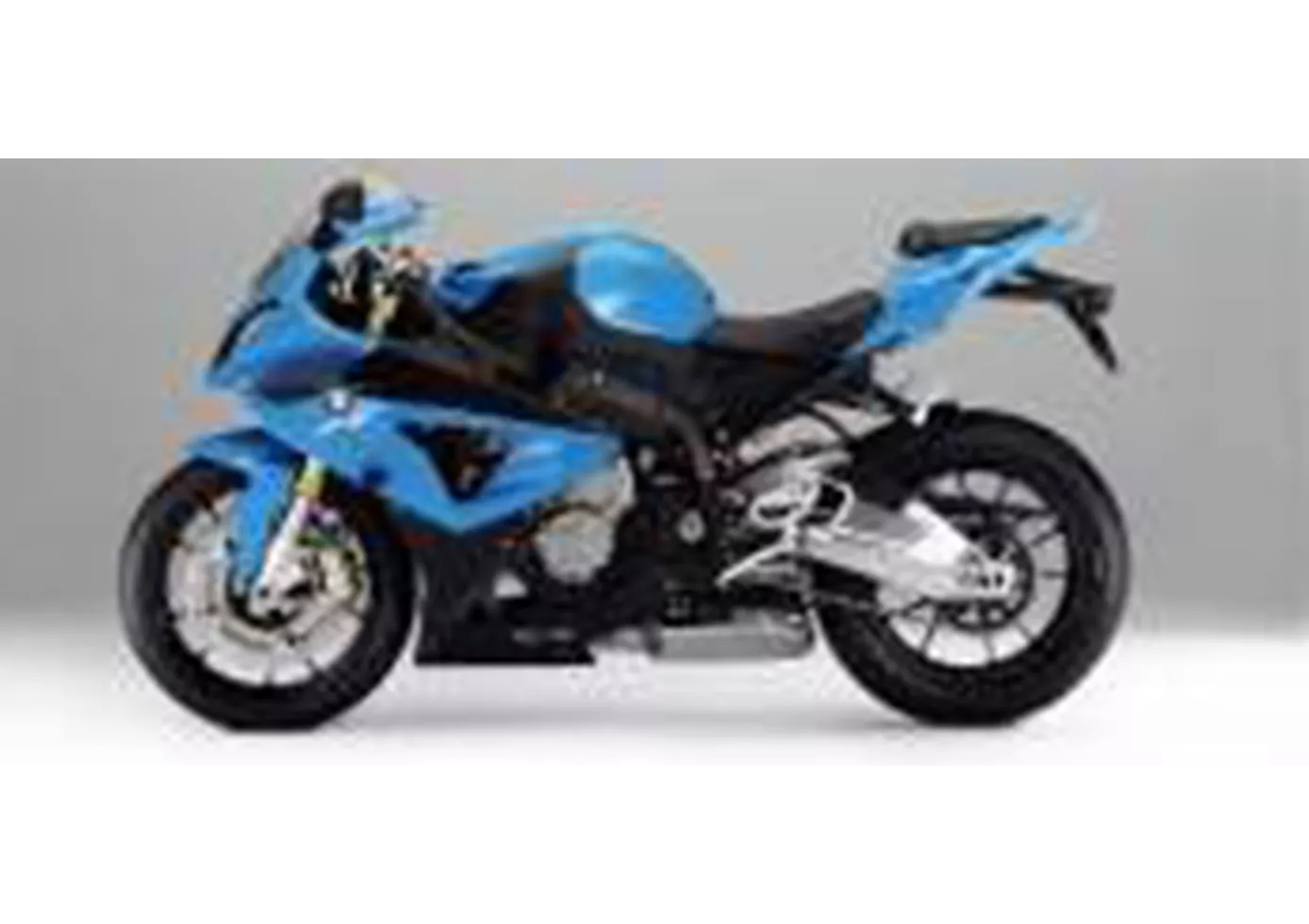BMW S 1000 RR 2013 vs. Suzuki GSX-S1000 2015

BMW S 1000 RR 2013

Suzuki GSX-S1000 2015
Overview - BMW S 1000 RR 2013 vs Suzuki GSX-S1000 2015

BMW S 1000 RR 2013

Suzuki GSX-S1000 2015
Technical Specifications BMW S 1000 RR 2013 compared to Suzuki GSX-S1000 2015
Pros and Cons in comparison
Pros and Cons in comparison
BMW S 1000 RR 2013

The BMW can still score points with hard facts in 2015. If you like top performance, you have to buy the BMW. It turns out incredibly powerful at the top and drives away the rest of the field from 200. Big and heavy riders will be able to benefit from this even more. BMW didn't make it easy for themselves with this bike and put together a very universal motorbike. If you were to do a comparison test with 50 different riders (from rookie to pro), the BMW would have the best average of all 1000cc bikes. The electronic chassis, but also the riding aids, make the pros fast and the beginners safe on the road. A top recommendation for a very broad target group. Very fast hobby riders will not be 100% satisfied with the standard suspension. If you don't want to modify the chassis, you should rather go for an R1M, a Panigale S or an RSV RF. If you want to convert anyway, the S 1000 RR is the strongest and most universal base. Surprisingly, the powerful machine also rides very well on country roads. All in all, it looks like a compromise, but it never feels like one in practice.
Suzuki GSX-S1000 2015

The GSX-S1000 is an honest motorbike in terms of performance and handling. You get even more than stated on paper, but you have to get the four-in-line up to speed first. As a rider, you have the feeling that you are still in command, even if the GSX-S is no longer completely without standard riding assistance systems - which work extremely well. Contact with the road feels direct, the dynamics are precise and transparent. Not only in terms of design can this naked bike give pleasure for many years to come, the somewhat outdated basis is quickly forgotten.









